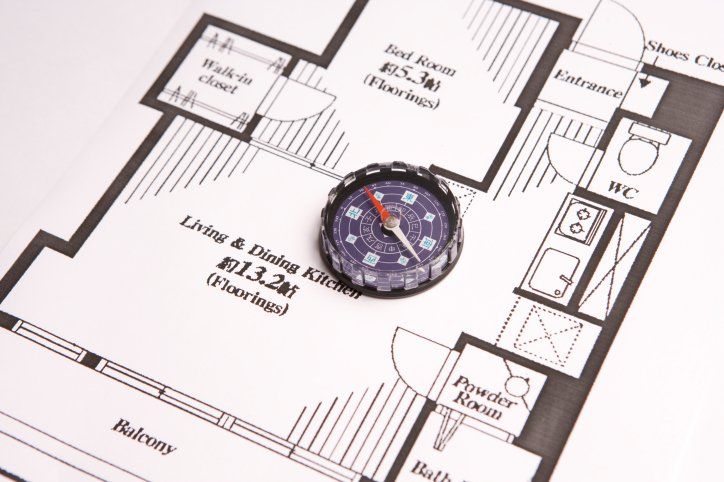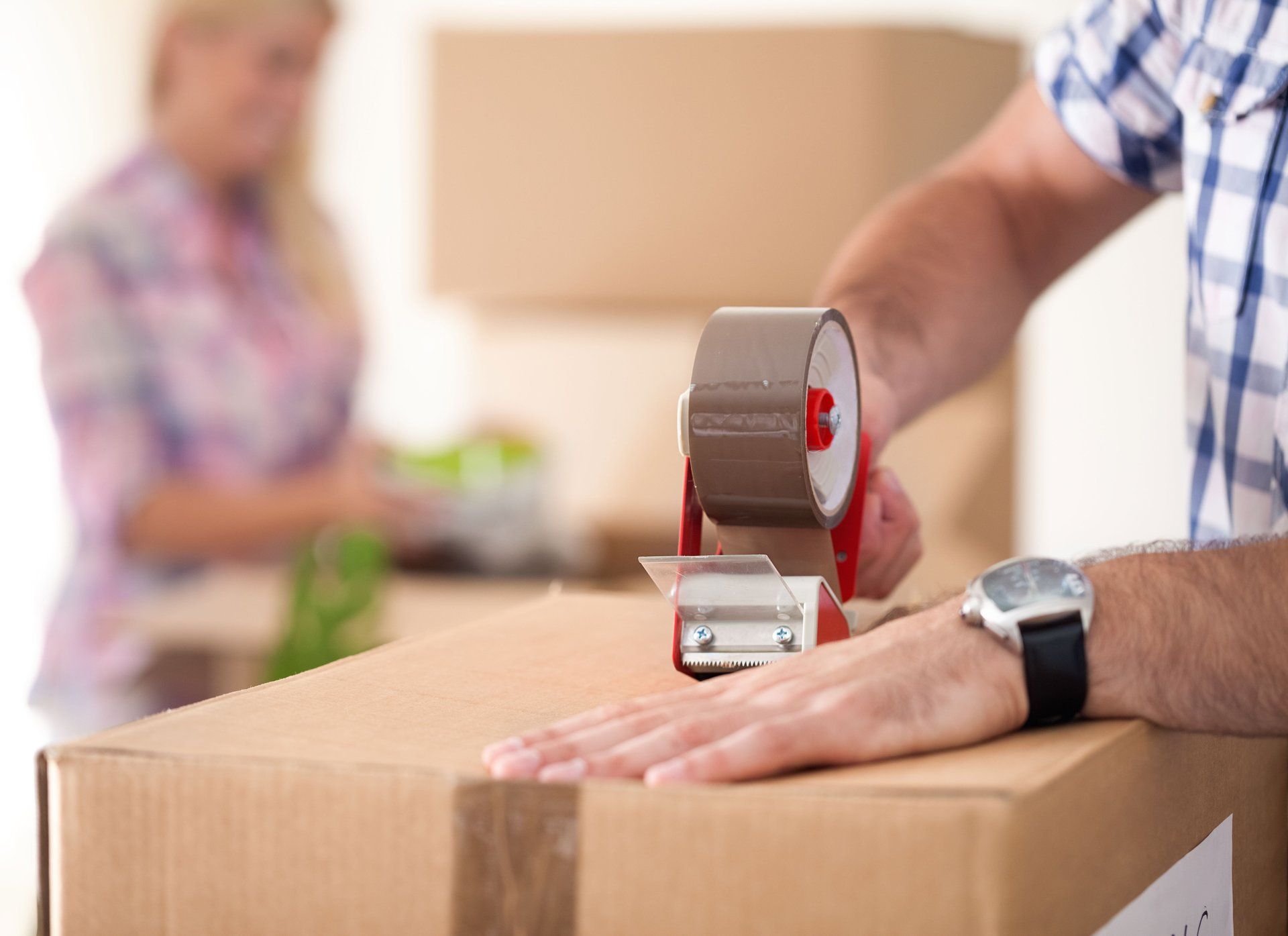Consejos para empacar para una mudanza en 2024 y más

3-7 días antes
Artículos aptos: Asegúrese de que todos los artículos grandes pasen por puertas, pasillos, escaleras y ascensores en su nueva ubicación.
Informar: Informe a su equipo si será necesario realizar algún levantamiento el día de la mudanza.
Planificar: Tenga un plan sobre cómo van las cosas en la segunda ubicación.
Plantas: Deje de regar las plantas grandes 3 días antes del día de la mudanza.

2-4 días antes
Misma marca: para sus cajas. (ejemplo: el Deposito de casa , Uhual …etc.) facilita a los encargados de la mudanza apilar el camión.
Empaca todo: incluso misceláneos
Cajas de etiquetas: especifica en que áreas de tu casa estarán las nuevas cajas.
Llenar cajas: deben estar llenas para evitar que las cajas se aplasten.

1-2 días antes
Desconectar: todos los electrodomésticos. (Lavadora, secadora y nevera)
Descongelar: Limpie y seque el refrigerador y el congelador.
Organizar: tus cajas y resto de pertenencias.
Estacionamiento: Asegúrate de tener un lugar de estacionamiento para sus empresas de mudanzas
Accesorios: Dejar los televisores enchufados para que los transportistas los revisen antes y después de la mudanza.

Día de la mudanza
Levantarse temprano: asegúrese de que todos sus artículos estén en orden antes de la llegada de la empresa de mudanzas
Revisar: hacer un recorrido con sus agentes de mudanzas e indicar aquellas piezas de extraordinario valor.
Confianza: Deje que sus empresas de mudanzas se encarguen del trabajo.
Dé propina a sus empresas de mudanzas: al final del día (opcional)
¡¡Relajarse!!.

Mudarse con mascotas
Mudarse con mascotas puede resultar complicado. Aquí hay algunas ideas útiles:
Cajas: Para las mascotas que están entrenadas en jaulas, es una buena idea que su mascota pase la noche en una jaula. Esto hará que su mascota se sienta más cómoda el día de la mudanza. ¡Asegúrate de recompensar con muchas delicias!
Guarderías: A la guardería donde normalmente lleva a su mascota, o un amigo puede cuidar de su mascota, es una buena idea mantenerlas fuera del día de la mudanza.
Nuevo hogar: asegúrese de presentarle adecuadamente a su mascota su nuevo hogar. No te alarmes si su apetito ha disminuido, es temporal y mejorará con un poco de tiempo.
Otros consejos de mudanza
Licenciado y asegurado: Para evitar conflictos, investigue un poco sobre su empresa de mudanzas antes de contratarla. Consulte con su empresa de mudanzas local de California en el Oficina de Bienes y Servicios para el Hogar (BHGS) Busque el transportista.
Pertenencias rotas: asegurate que empaca adecuadamente sus artículos (consulte la guía anterior). Si no está seguro de cómo empacar, ¡deje que su empresa de mudanzas lo haga por usted!
Artículos que no se pueden transportar: Haga planes para cualquier producto químico peligroso, esmalte de uñas y tanques de buceo. Otros artículos no permitidos incluyen fertilizantes, armas cargadas, pintura, diluyente de pintura, gasolina, tanques de propano y alimentos perecederos.
Mantenga sus artículos personales cerca: La lista de artículos por los que las empresas de mudanzas no son responsables: · Dinero (efectivo, cheques, moneda extranjera), armas de fuego, colecciones de sellos/monedas, medicamentos (opcional), joyas, acciones/bonos, escrituras/títulos.
Antes de pensar en mudarse, considere estos consejos de embalaje para una mudanza:
- Ordenar: Antes de empezar a hacer las maletas, revisa tus pertenencias y deshazte de todo lo que ya no necesites o quieras. Esto le ahorrará tiempo y esfuerzo al empacar y desempacar, y también reducirá la cantidad de cosas que necesita mover.
- Organizarse: Haga una lista de todos los artículos que necesita empacar y planifique con anticipación empacando primero los artículos que no usa regularmente.
- Utilice los suministros adecuados: Asegúrese de tener suficientes cajas, cinta de embalaje, plástico de burbujas y papel de embalaje. También puedes utilizar mantas o toallas para envolver artículos frágiles.
- Etiqueta todo: Etiqueta cada caja con el contenido y la habitación a la que pertenece. Esto hará que sea más fácil desempacar y colocar todo en su lugar adecuado en su nuevo hogar.
- Empaque estratégicamente: Empaque los artículos pesados en cajas más pequeñas y los más livianos en cajas más grandes. Esto facilitará levantar y mover las cajas. Además, empaque los artículos frágiles con cuidado y utilice plástico de burbujas o papel de embalaje para amortiguarlos.
- Utilice el espacio de manera eficiente: Llene los espacios vacíos en las cajas con papel de embalaje o toallas para evitar que los artículos se muevan durante la mudanza.
- Empaque una caja de elementos esenciales: Empaque una caja con los artículos que necesitará de inmediato, como artículos de tocador, una muda de ropa y documentos importantes.
- Tomar fotos:
Tome fotografías de cómo se conectan los dispositivos electrónicos o cómo se organizan los muebles para que pueda volver a armar todo fácilmente en su nuevo hogar.
¡Espero que estos consejos te ayuden con tu mudanza!
Blog de consejos de mudanzas
Mudarse puede ser un evento estresante y desalentador, pero no tiene por qué serlo. Puede agilizar y mejorar la eficiencia de su mudanza con la planificación y preparación adecuadas. Hay varias acciones que puede tomar para simplificar el proceso, ya sea que se mude al otro lado de la ciudad o al otro lado del país. Le brindaremos algunos consejos útiles en este artículo del blog para ayudarlo a prepararse para su mudanza, empacar sus cosas e instalarse en su nueva casa.
Para que su mudanza sea lo menos estresante posible, repasaremos todo lo que necesita saber, desde organizar y ordenar hasta empacar y etiquetar. ¡Así que pongámonos en marcha!













